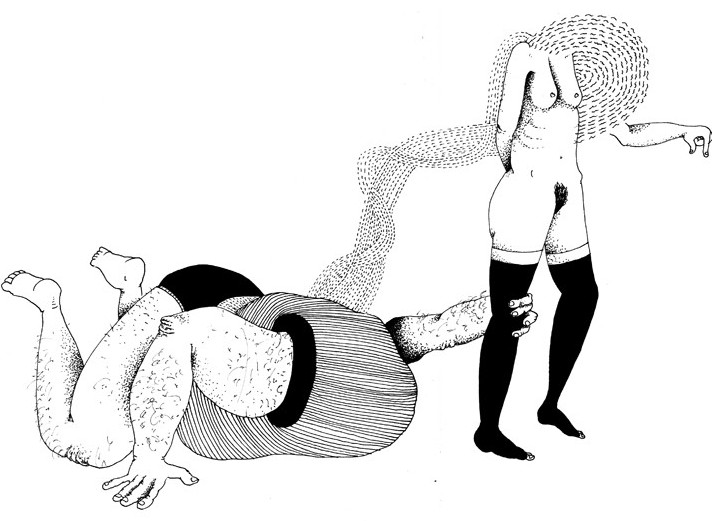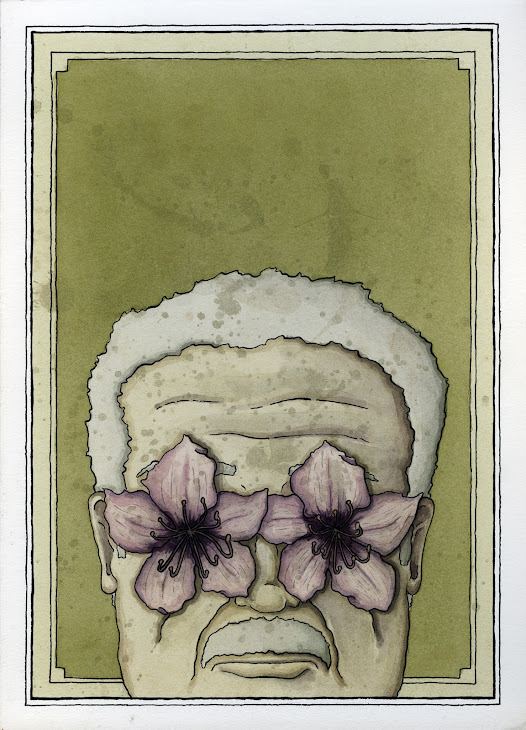It is supposed to represent a resolution of both public and private debts.
However, since it is not redeemable for gold, silver, or anything else which actually exists, but rather for itself only - 95% of the money in circulation DOES NOT REPRESENT ANYTHING.
A mere 5% of money on the planet represents value.
Money gains its power through its consideration as legal tender by the courts. That is, the law will not enforce other forms of debt resolution, if money has been offered.
By removing currency from a gold standard format, money has now become the representation of debt, and thereby synonymous with debt. Money is debt and debt is money.
Money therefore only represents money other people owe banks or the government because they are the only ones who can issue debt.
And, since governments and banks are the sole lenders, they therefore are the sole producers of money.
People are used to hearing about the government printing money, but the banks in practice do the same thing millions of times every day.
Moreover, how much money (debt) can be issued, that is, if it is entirely in the hands of the government and banks to do so?
Well, if there is nothing tangible, like the amount of gold it has to be based on, even loosely - what could the limits be?
Furthermore, the amount of money in the world is never the same at any given moment because if money is debt, then every time someone takes out a loan or opens up a credit card account, creating debt, more money is generated - yes from nothing.
There are thus no limits to the amount of money that can be issued.
As a result, the calculable number of money in existence is in constant flux, always on the rise whether lending occurs or loans are defaulted (except when no lending occurs across the board. But, this has never happened because central government banks are always lending, even when banks are hard-pressed).
This places the world economy is an incredibly unstable position.
For, this means that 95% of the loans which are issued by banks are based solely on promises of other borrowers to pay back their loans - and it is THIS promise that the entire world economy depends on for its survival.
The wormhole continues.
In this scenario, the modern day money system seems quite brilliant. We are simply growing prosperous out of our own will to become prosperous!
However, there are three fundamental flaws in an economy where money is debt and debt, money.
For our modern-day economy to exist people cannot pay off all their debts.
This is because the debt is used as leverage to produce loans and credits that are the core source of money. If no one had debt, the economy would shrink to only 5% of its current size (remember that 95% of all current money represents debt). Without debt - there would be virtually no money.
However counterintuitive this may be, because shedding debt is good for personal finances - this is not the case for the economy as a whole.
The second flaw is people cannot pay off zero of their debt either.
If everyone defaulted on their loans, banks would replace borrower's debt with lender's debt. It is not sustainable for money to be manufactured by the bank on the basis of money the bank owes itself. It cannot be leveraged to create loans. Banks wouldn't be able to lend and the government could only last so long on its own. New money would effectively disappear (though the demand for it certainly would not).
The final flaw is our economy cannot sustain itself unless people are lending and consuming debt, perpetually and at an ever-increasing rate - and sometimes this just doesn't happen.
People deposit their money in the bank under the belief that it will be safe at all times. But, if other people who the bank is lending to cannot pay back their loans, this threatens the the banks liquidity, or cash reserves, which although the federal government covers up to $250,000 of deposits, can eventually leave banks unable to lend without risking their very existence and directly impeding economic growth.
Now, it is inevitable that at some time large numbers of people will both default on loans and yank their money from the bank.
This leaves banks with little to no issuable debt, and because debt is money, little to no money.
When vast sums of money vanish in a matter of days banks cannot lend and the economy is left in tatters.
Ergo, it seems, to have a profitable economy a magic balance must be stuck between some debt being paid, some debt not being paid, and there being an extraordinary faith that consumers can cover and bankers can issue more debt than the day before, and way more debt than could ever be paid off at once, everyday.
To add salt to the wound, it is worth noting that most debt carries with it interest as well as the principal balance.
Since the amount of money in existence is only based on the principal, new debt must be manufactured to pay for the interest off the old debt.
This has to occur because without interest, banks could not cover operating costs, and could not lend.
So debt is created to pay for debt. And because that debt ALSO carries with it interest, the cycle never ends. It is incessant.
Our position is thus an ever precarious one: Debt or Poverty.
Or, in the words of the Credit Manager of the Federal Reserve Bank of Atlanta Georgia:
This is a staggering thought.
We are completely dependent on the Commercial Banks. Someone has to borrow every dollar in circulation, cash or credit. If the banks create ample synthetic money, we are prosperous; if not, we starve.
We are, absolutely without a permanent money system. When one gets a complete grasp of the picture, the tragic absurdity of our hopeless position is almost incredible, but there it is.
--
For more watch this: What Money Is.
.jpg)
.jpg)
.jpg)


.jpg)
No comments:
Post a Comment